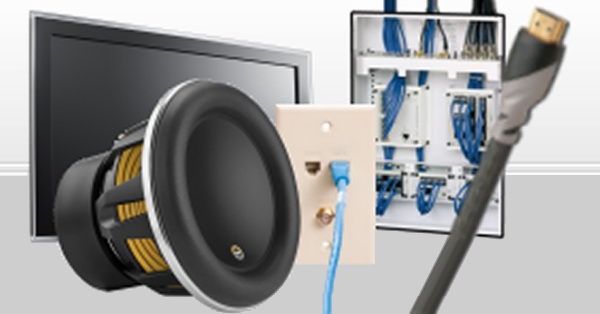Many years ago when I was a kid I had a soldering gun. It damaged everything I used it on because it could get red hot which is way too hot for soldering. I got my temperature controlled soldering iron when I got my first job many years ago and it still works perfectly and is still sold.
Well.many years ago, I had a dual heat Weller gun which I still have. I didn't damage much because most of what i worked on was tube stuff. A 10-15 YO kid. Tube stuff. the HV anode always bothered me then, I built a 3 kV DC supply for a biology science fair project. I grew up and worked on 15 kV at 1.5A and 100 kV at 0.1A power supplies. I bet there haven;t been any problems since I rebuilt both of them.
Strange was a a resistor around 1-5 Meg ohms and 200 Watts as a bleeder resistor and keys to access.
then I bought a 40 W Iron.
I also bought a Master Appliance butane soldering iron which I really love. It has to get re-built every so often.
Then I got a Circuit specialists, hot air, iron and de-solder tool. You can't use solder and de-solder at the same time. If i was doing more activities, I'd buy an integrated de-solder tool.
Metcal, the RF soldering tool is probably the iron to emulate.


